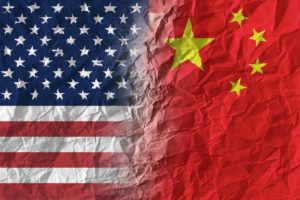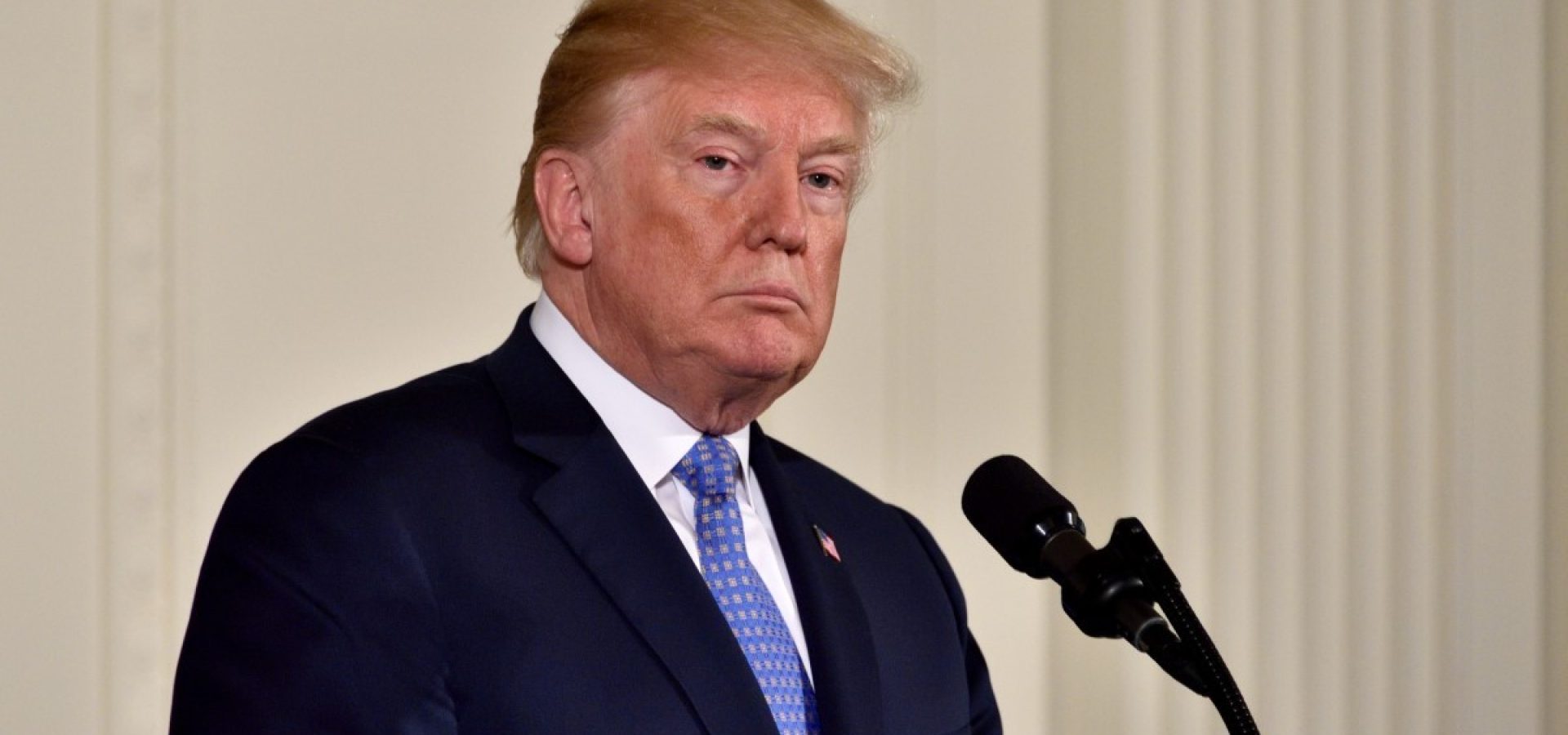The trade war between the U.S. and China dates back to 2018. The trade dispute between the largest economies in the world can be regarded as one of the biggest disputes between the countries. Both sides did not hesitate to impose tariffs; as a result, this created serious risks for the global economy. Moreover, the negotiations process was slow as neither the U.S. nor China were ready to come to an agreement. In this situation, it was hard to understand when the U.S, and China would sign the “phase one” trade deal. Hopefully, this day finally came on January 15.
U.S. President Donald Trump and Chinese Vice Premier Liu He signed the “phase one” agreement.
This is a serious achievement for the Trump administration. However, now the question is what will happen to this deal. The U.S. and China plan to implement all the conditions, or this trade deal will fall apart in the future.
Based on the administration’s opinion, there is a major difference between this agreement and past pledges by Beijing. The difference is the 86-page agreement unveiled on Tuesday.
However, it won’t be easy to fulfill this trade deal. For instance, if the U.S. will impose tariffs on Chinese goods, the whole trade deal would lose the meaning. This may if the final result of any dispute would push the U.S. to reintroduce the tariffs on Chinese products.
This information is based on the text of the agreement released on Thursday.
U.S. Trade Representative Robert Lighthizer made a comment about the deal. According to Lighthizer, the deal includes a strong enforcement mechanism. This mechanism should guarantee that China will protect the American intellectual property as well as to reduce the forced technology transfers.
The other side of the trade deal
There are questions about how the U.S. and China will adhere to the “phase one” trade deal. As the trade representative stated, the agreement includes the mechanism.
However, the structure of the mechanism is a familiar Trump administration tool. The tool is called tariffs. In case one of the sides would break the agreement, the other side can impose tariffs in proportion to damage.
It is not a bad option, but if the offending party is not happy with such a result, the only way to settle this problem is to leave the agreement. As a reminder, there are no provisions for an appeal or imposing retaliatory tariffs.
The enforcement mechanism of the deal is quite simple. Nevertheless, administration officials underlined one fact that should help to deal with such cases. They created a robust process for resolving disputes. Both China and the U.S. would open an enforcement office to file the complaints and discuss the cases.
Thus, they will discuss the complaints about the course of 90 days, before levying the penalties. Also, both sides agreed to restart regular trade consultations. Chinese and U.S. officials will conduct several meetings per year.
For example, they will hold a monthly working-level meeting. Deputy meetings will take place once per quarter. Moreover, semi-annual ministerial-level conferences will become another venue to discuss the implementation of the trade deal.
The dispute settlement plan is untested. It is unknown how the sides will use the plan and whether this trade deal will survive for a long time.









COMMENTS